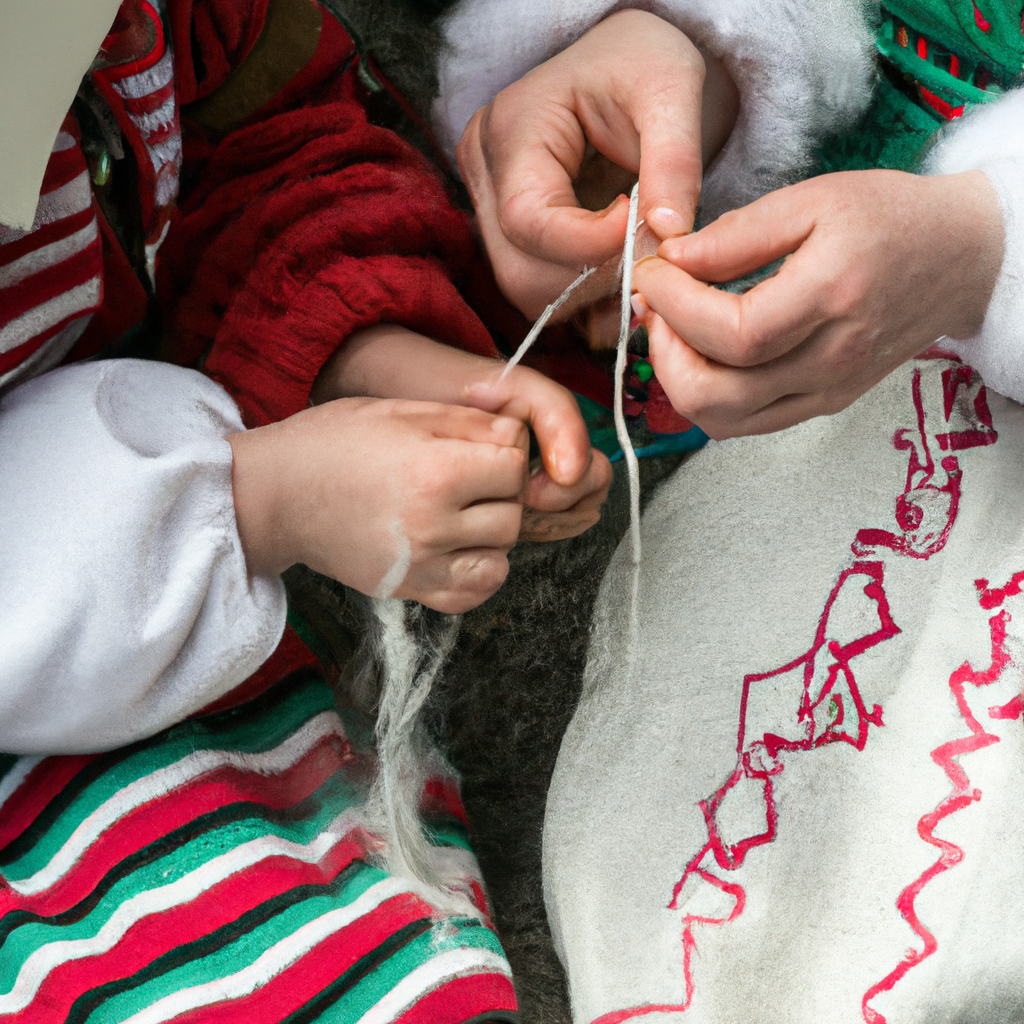The Rise of Analog Hobbies in a Digital World
In an age dominated by technology, the term analog hobbies refers to leisure activities that do not rely on digital devices. These hobbies include traditional crafts, board games, reading physical books, and various forms of hands-on creative expression. As society becomes increasingly immersed in digital experiences, the resurgence of these analog pastimes highlights their significance in providing balance, creativity, and community connection.
Understanding the Historical Context of Analog Hobbies
To appreciate the rise of analog hobbies, it’s essential to understand their historical context. Before the advent of digital technology, most recreational activities were analog by nature. Activities such as knitting, painting, and playing musical instruments were the primary means of entertainment and creativity. With the introduction of computers and smartphones in the late 20th century, many of these hobbies were overshadowed by digital alternatives.
The turn of the millennium saw a significant shift in how people spent their leisure time. However, as digital technology became ubiquitous, a counter-movement emerged. People began to seek out analog pursuits as a response to the overwhelming presence of screens in their lives. This trend is not merely a nostalgic yearning for the past but reflects a deeper need for tangible experiences and human connections.
Key Features of Analog Hobbies
Analog hobbies are characterized by several distinct features that make them appealing in a digital world:
- Tactile Experience: Engaging in analog activities often involves physical materials, which provide a sensory experience that digital interactions cannot replicate. Whether it’s the feel of a paintbrush on canvas or the texture of yarn in knitting, these tactile elements enhance enjoyment.
- Mindfulness and Focus: Many analog hobbies require concentration and presence. Activities like woodworking or gardening encourage individuals to be in the moment, offering a break from the fast-paced digital landscape.
- Social Interaction: Analog hobbies often foster community. Board games, book clubs, and crafting circles bring people together, creating opportunities for meaningful connections and shared experiences.
- Creativity and Self-Expression: Analog hobbies provide a canvas for creativity. Whether through painting, writing, or crafting, individuals can express themselves in ways that may be limited by digital formats.
Applications of Analog Hobbies in Modern Life
Analog hobbies have found applications in various aspects of modern life, proving to be more than just a pastime. Here are some notable examples:
- Therapeutic Uses: Many mental health professionals advocate for analog hobbies as therapeutic tools. Engaging in activities like coloring books or knitting can reduce stress and anxiety, offering a calming effect amidst the chaos of daily life.
- Educational Benefits: Schools are increasingly incorporating analog hobbies into their curricula. Programs that focus on arts and crafts, music, and hands-on science experiments help students develop essential skills that digital learning might overlook.
- Sustainable Living: Many analog hobbies align with the growing trend of sustainability. Gardening, DIY crafting, and cooking from scratch encourage self-sufficiency and environmental consciousness, helping individuals connect with nature and their communities.
Real-World Examples of Analog Hobbies
The resurgence of analog hobbies can be seen in various real-world examples that demonstrate their relevance and appeal:
- The Rise of Vinyl Records: In recent years, vinyl records have made a significant comeback. Collectors and music enthusiasts appreciate the warmth and depth of sound, as well as the tactile experience of handling physical albums, showcasing a desire for quality over convenience.
- Board Game Cafés: The popularity of board game cafés has surged, providing a space for people to gather and enjoy games without the use of screens. These cafés often host tournaments, game nights, and community events, reinforcing social bonds among participants.
- Crafting and DIY Movements: Platforms like Etsy have enabled artisans to sell handmade goods, fostering a culture of crafting and DIY. The movement encourages people to create personalized items, emphasizing creativity and individuality in a mass-produced world.
The Future of Analog Hobbies
As we look forward, the future of analog hobbies appears promising. With the increasing awareness of mental health and the importance of community, more individuals are likely to turn to these activities for solace and connection. Furthermore, the blending of digital and analog experiences—such as augmented reality in crafting or online platforms for sharing analog creations—may enhance accessibility without diminishing the value of tangible experiences.
Ultimately, the rise of analog hobbies in a digital world serves as a reminder that while technology has transformed our lives, the need for creativity, community, and mindfulness remains constant. Embracing analog hobbies not only enriches our lives but also helps cultivate a more balanced approach to modern living.
We invite you to explore the world of analog hobbies. What activities resonate with you? Share your experiences and join the conversation about the importance of maintaining a balanced lifestyle in this digital age.






